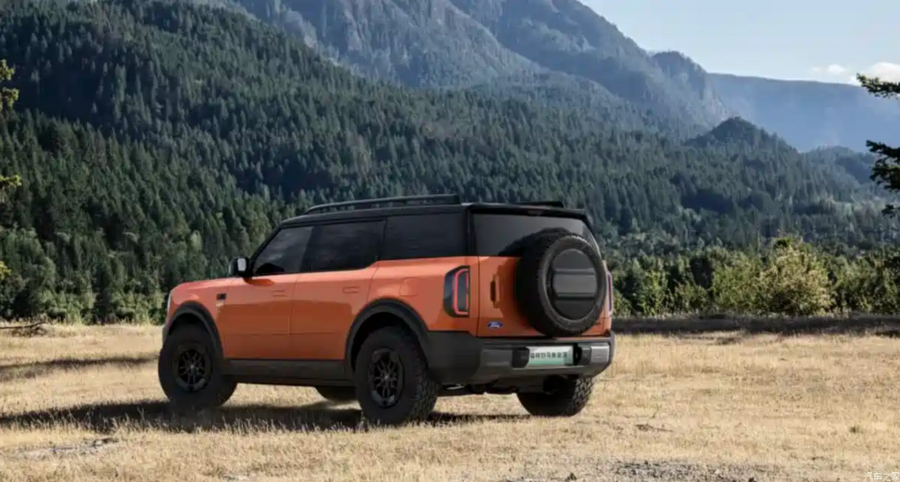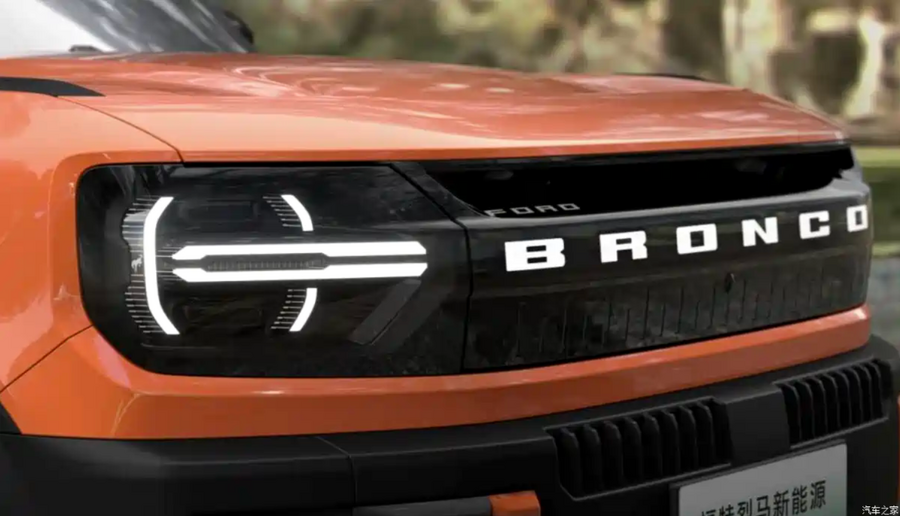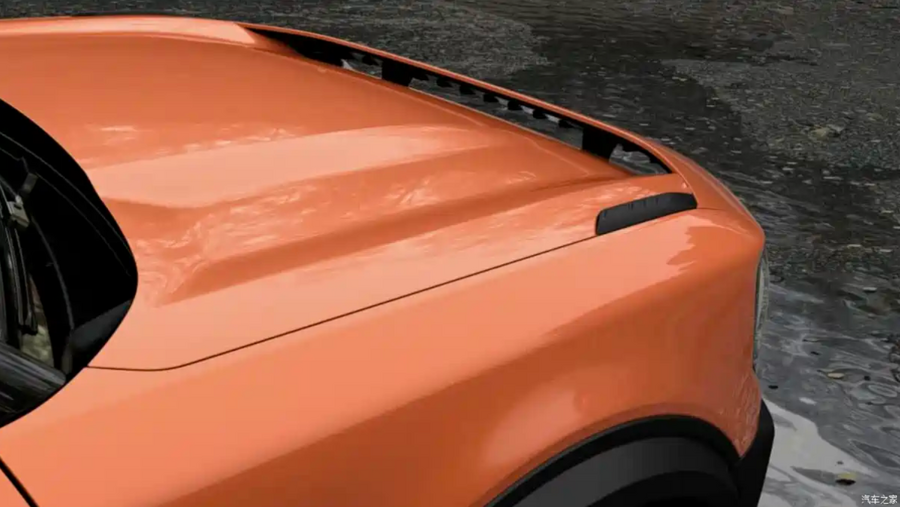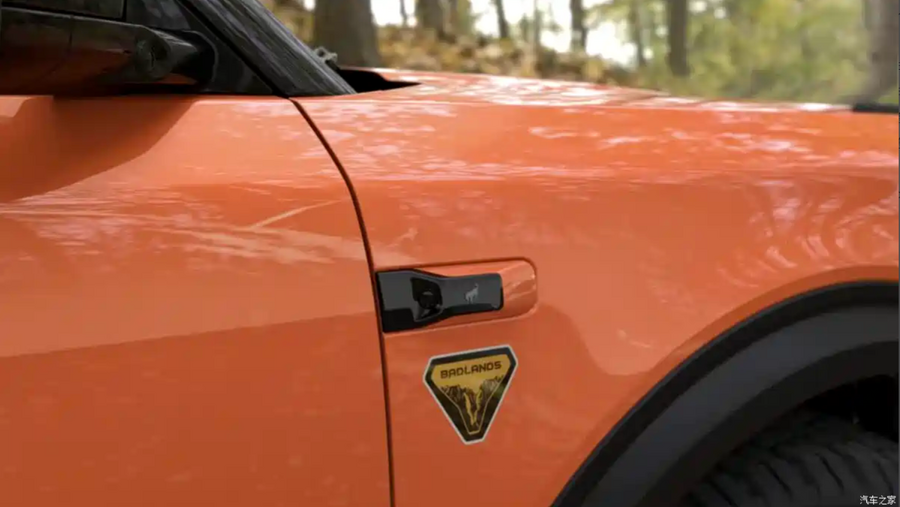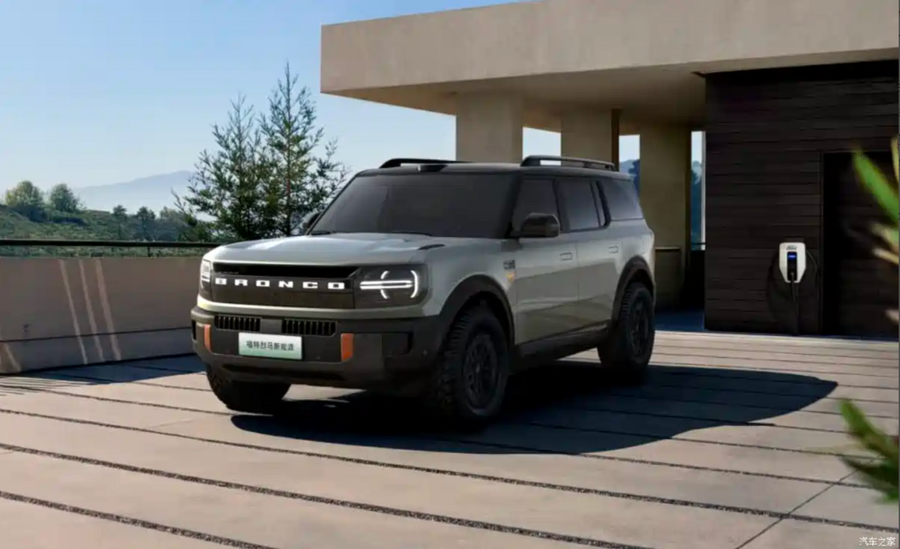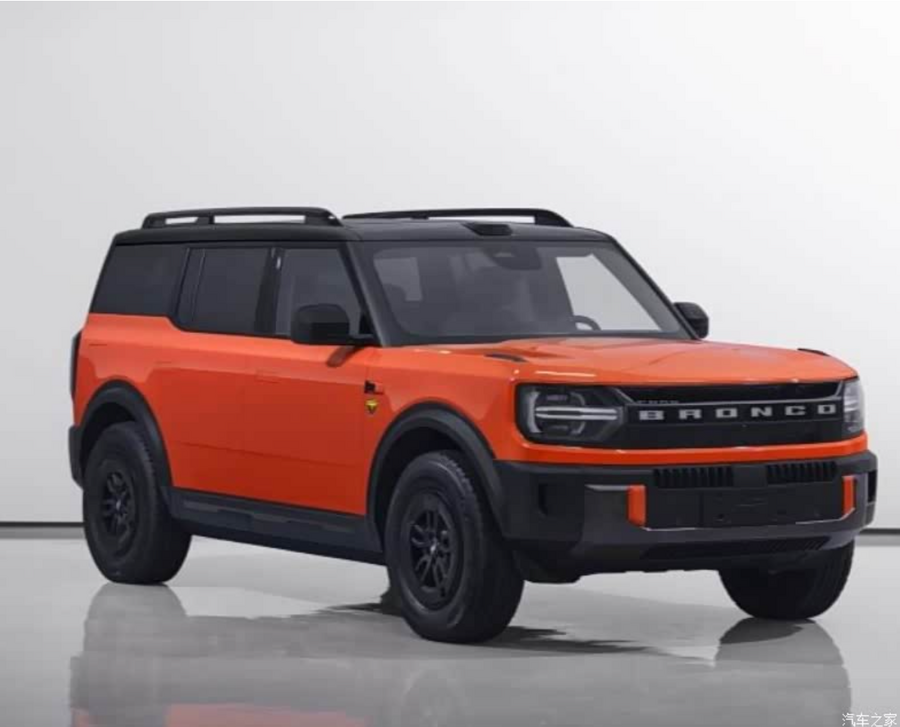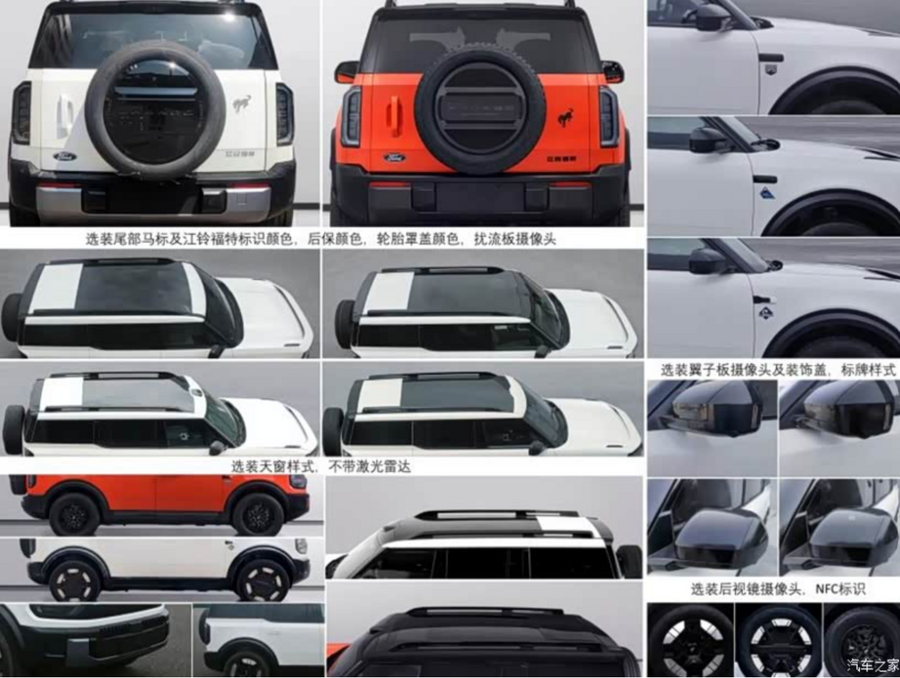
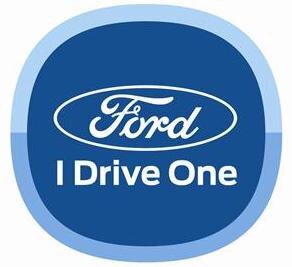
bzcat
Member-
Posts
5,417 -
Joined
-
Last visited
-
Days Won
39
bzcat last won the day on March 17
bzcat had the most liked content!
bzcat's Achievements
2.5k
Reputation
-

Ford wants to revive passenger cars
bzcat replied to DeluxeStang's topic in Ford Motor Company Discussion Forum
The only plausible path for Ford Europe to add some new products quickly would be to borrow something from VW... but it's a short term fix. If they want to have long term solution, they have to keep Kuga in production (the last remaining C2 products in Europe) until they can develop a new gen. If C2 goes away completely in Europe, the economics of restarting production is basically impossible. All your suppliers will be gone and they won't make time for you again. -
It still takes minimum 3 years to do a new body on top of C2. By that time, Fiesta would have left the market for 6 years, Focus for 4 years, and Kuga for 2 years. Sales momentum will be non-existent and Ford has to basically relaunched as a new brand to buyers who have never considered it before. If Ford really wants to save its European business, they have to keep the Kuga in production and new products in the next 12 months. Waiting 3 years to bring back Fiesta or Focus is just as nutty as cancelling them in the first place.
-

Ford wants to revive passenger cars
bzcat replied to DeluxeStang's topic in Ford Motor Company Discussion Forum
It could be a case of too little too late... Ford Europe will not have much of a car business to save after Kuga and Focus end production without replacement. It will take at least 3 years of fast track development to bring them back but knowing Ford, it maybe 5 years. Maybe Ford should consider building the Bronco Sport or Territory in Valencia while they work on the new Kuga and Focus which should have never been killed. Getting rid of Mondeo and Galaxy, and C-Max are completely rational decisions... large sedan and vans are going away in Europe in favor of CUVs. But to get rid of products that were in segments that are the largest (B and C hatchback) and still growing (compact CUV) never made any sense. -
You can't revive the car business with the tiny volume Ford is doing in Europe now. Ford Europe is on an island now without the benefit of sharing anything with China or North America. Farley crippled the business so badly I don't know how he can build it back up. Anyway, just another case of Ford changing strategy every 5 minutes... They would have been so far ahead if Europe didn't split off from the GE and CE programs to use VW MEB. And it's a real folly to not continue with new gen Focus and Kuga on C2 which would be relatively cheap investment since it will just be new tophats - there is absolutely no reason to get rid of C2 after only 1 generation.
-

Ford Bronco EV/EREV for China
bzcat replied to rmc523's topic in Ford Motor Company Discussion Forum
It's normal practice in China so they are used to "New Energy" suffix on every car model name. No different than Toyota having Prius and Prius Prime and RAV4 and RAV4 Prime as separate models until last year. Remember Ford also tried it with the C-Max Energi and Fusion Energi here... What about all the Oldsmobile Cutlass ___ names back in the 1980s 🤣 Or remember when Chrysler LeBaron was actually 3 completely different cars? -

Ford Bronco EV/EREV for China
bzcat replied to rmc523's topic in Ford Motor Company Discussion Forum
Maybe... there is no photos of the underside yet so can't tell if it is unibody or BOF. -

Ford Bronco EV/EREV for China
bzcat replied to rmc523's topic in Ford Motor Company Discussion Forum
The model name is technically call "Bronco New Energy" not Bronco. But the grille just says Bronco of course like Bronco Sport. Bronco New Energy has fixed roof and longer so not the same body. Similar styling for sure. -
Nothing...? My opinion which is not exactly popular around here but all the moves Farley is making points in one direction - that he is planning to exit passenger car business in Europe. 1. Get rid of all the volume products 2. Move the biggest remaining selling model (Puma) under Ford Otosan which has robust business with Transit franchise 3. JV with VW on EV with easy exit if the business does not catch on 4. Boost export capacity outside EU (e.g. South Africa, Thailand, India, China - although India is cancelled again) 5. ??? 6. Profit I think Farley saw what Ford Australia did and is feeling pretty confident that he can duplicate it in Europe relying primarily on imported products: Puma (Ford Otosan Romania) Territory (China) Next gen Bronco Sport (Mexico?) Compact EV to replace Explorer and Capri (Louisville?) Next gen Mach E (Mexico?) Mustang (Flat Rock) Bronco (Detroit) Ranger (Thailand/South Africa) Transit Courier (Ford Otosan Romania) Transit Connect (VW) Transit Custom (Ford Otosan Turkey) Transit (Ford Otosan Turkey)
-
There is no next gen Kuga. Farley already made up his mind to kill it. I would be really surprised if Kuga is still around in 2 years. In order for there to be a next gen Kuga, design would need to be locked in by now but we know with Ford China and Ford US out of the program, there is not enough volume to support a new gen. Ford Taiwan is already preparing to replace its Kuga with Territory. There is no going back.
-

Ford Bronco EV/EREV for China
bzcat replied to rmc523's topic in Ford Motor Company Discussion Forum
Says here the car is 5 meters long. I assume that is with the spare tire. So if you take away the spare tire, it is roughly 4.8 meters long... about the same size as ICE Bronco. Much bigger than Bronco Sport or Escape. Edit: ICE Bronco is 4.8 meter with spare tire so if this thing is 5 meters long, it is actually longer than the "big" Bronco. Here are the stats on this new Bronco EV... it is a big boy https://www.autohome.com.cn/news/202507/1307474.html#pvareaid=102624 Length: 5025mm or 197.8" Width: 1960mm or 77.2" Height: 1815 or 1825mm or 71.8" Wheelbase: 2950mm or 116.1" Track width: 1670mm or 65.7" Curb Weight: 2630kg or 5798lbs Gross Vehicle Weight: 3030kg or 6680lbs Compare with ICE Bronco (Big Bend Hard top) Length: 4811mm or 189.4" Width: 1928mm or 75.9" Height: 1877mm or 73.9" Wheelbase: 2950mm or 116.1" Track width: 1651mm or 65" Curb Weight: 2026kg or 4467lbs Gross Vehicle Weight: 2685kg or 5920lbs Note the identical wheelbase of the two Bronco. I don't know what to make of it yet since we don't know if Bronco EV is BOF or unibody. -

2026 Explorer Platinum loses 3.0EB option
bzcat replied to rmc523's topic in Ford Motor Company Discussion Forum
Well, that really answers the question... it's just a cost cutting move. I was willing to give Ford the benefit of doubt on JDP IQS and other factors but it's just an easy way to cut a couple of hundred dollars out of the car. -
There is no free lunch. Any discussion about EREV, PHEV vs. EV or ICE only powertrain has to start with acknowledging the compromises. EREV and PHEV have real challenges meeting emission standards due to cold-start. The EPA and CARB emission testing allows for slightly elevated emissions during initial cold start but requires the car to level off the emission during steady state operation. The problem for PHEV and EREV is the engine could kick in from a cold-start during the steady state operation and so they require some expensive emission mitigation. This is why some car companies decided to abandon PHEV development in the late 2010s and early 2020s. They add a lot of complexity to the drivetrain which means cars will cost more. Long term, I see EREV and PHEV primarily as a solution to more expensive vehicles. Cheaper cars will converge on what is the simplest and thus cheapest drivetrain to implement - i.e. EV Turbo charge vs. naturally aspirated also comes down to compromises. The average car weights 25% more than it did in 2000. What was acceptable power with small naturally aspirated engine is no longer acceptable for 2025. Toyota Corolla Cross non-hybrid takes about 9.5 seconds to go from 0-60 with 2.0 I4 making 169hp. It is one of the slowest new car on sale today. It's unrealistic to think Toyota can slide in a 1.5 I4 making perhaps 130hp in that car... we will be talking about 0-60 time in mid-teens like the 1970s again. Ford's direct competitor is Bronco Sport 1.5T makes 181hp (but a lot more torque) and does 0-60 in more acceptable 8.4 seconds. Toyota decided its buyers doesn't care about driving dynamics and Ford does and so the powertrain decisions diverge - these are the compromises one has to accept.
-

Ford Bronco EV/EREV for China
bzcat replied to rmc523's topic in Ford Motor Company Discussion Forum
First impression... not bad. Clearly Bronco family styling cues. But not clear if it is PHEV... didn't see charging port. -

Ford Bronco EV/EREV for China
bzcat replied to rmc523's topic in Ford Motor Company Discussion Forum
Leaked: https://club.autohome.com.cn/bbs/thread/460bc0f671a6113a/112249075-1.html#pvareaid=3454614 The badge on the tailgate confirms it is a Jiangling Ford product (not Chang'an Ford). So probably not a C2 vehicle... likely on whatever platform Equator Sport/Territory is using. Unless of course it is actually the next gen Bronco Sport... in which case, it is probably C2. But Jiangling Ford does not have any existing C2 production site. -
Gravity and batteries are both around 80% roundtrip efficiency. The problem is batteries will degrade overtime while gravity like pump hydro will remain constant for the most part. So depending on your time horizon, gravity has many advantages. But the upfront investment is much higher than batteries. Basically, you can assume 50 year life on a dam and 10 or 15 year life on battery farm. But batteries are so cheap and building a dam or a gravity tower so expensive, that you can assume batteries will be completely replaced 3 or 4 times during that 50 years and it still comes out more cost efficient. On per kwh basis, batteries are hard to beat right now.






